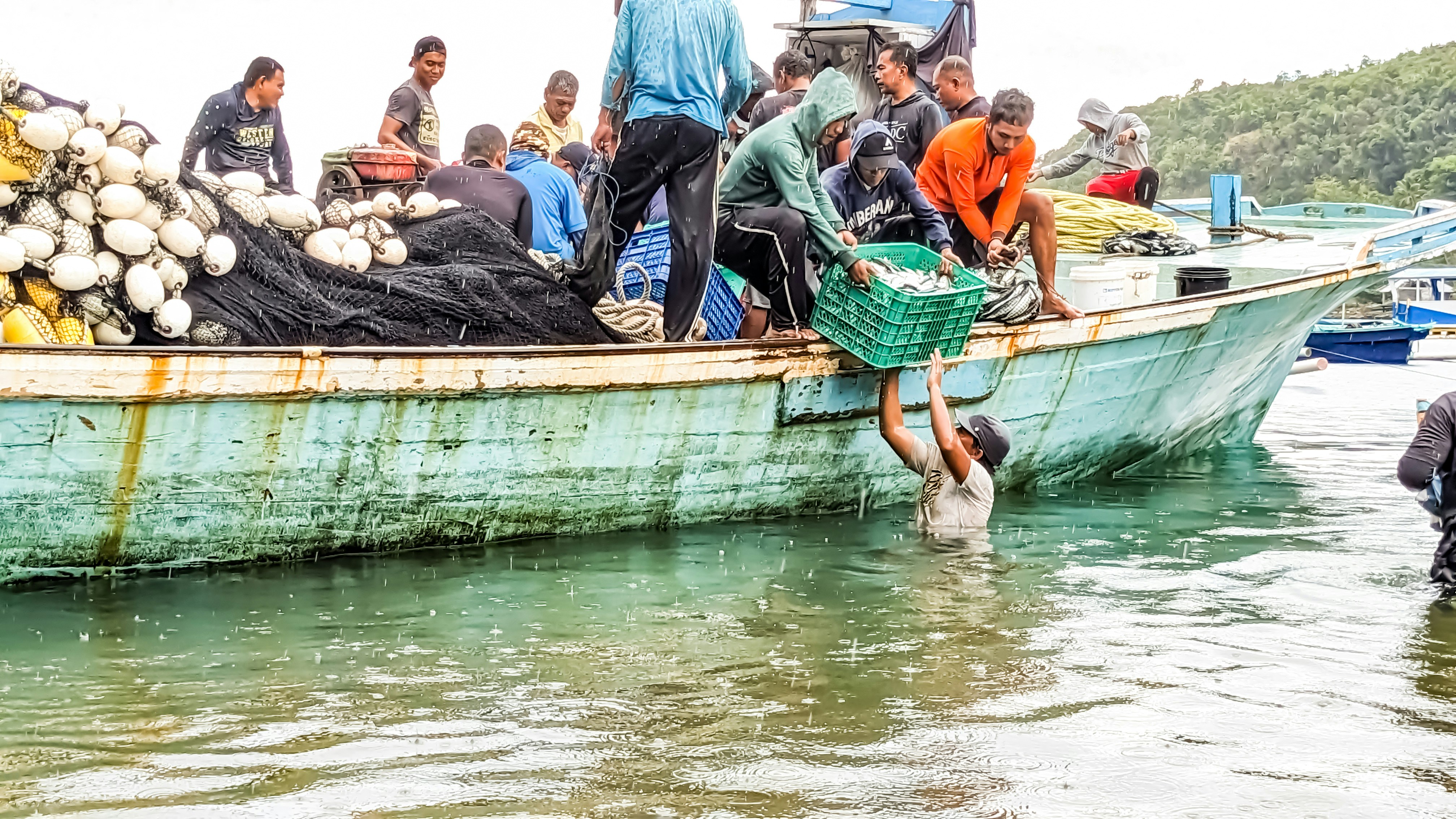Exploring the Stranger Environment: A Deep Dive into Our Planet’s Future
October 31, 2024 | by gohar.ayub714@gmail.com
 Photo by Mika Baumeister on Unsplash
Photo by Mika Baumeister on Unsplash The Impact of Climate Change on Biodiversity
Climate change poses a significant threat to global biodiversity, leading to dramatic shifts in ecosystems and the species that inhabit them. As temperatures continue to rise, many organisms are struggling to adapt to these changes, resulting in habitat loss and increased vulnerability. Species that rely on specific climatic conditions, such as polar bears in Arctic regions or various amphibians in tropical rainforests, are particularly at risk. The loss of biodiversity not only affects individual species but also undermines the resilience of entire ecosystems, which can result in cascading effects across food webs.
One of the most affected ecosystems is the coral reef. These vibrant underwater environments are highly sensitive to changes in water temperature and acidity, a phenomenon exacerbated by climate change. Coral bleaching, which occurs when corals expel the algae that provide them with nutrients and color due to stress, has reached alarming levels globally, threatening marine species that depend on these habitats for survival. The degradation of coral reefs diminishes their ability to protect coastlines and supports a vast number of marine species, indicating a profound impact on both biodiversity and human livelihoods.
Rainforests, characterized by their unparalleled richness in species diversity, are also experiencing threats due to climate change. Altered weather patterns, such as increased rainfall variability and extended droughts, disrupt growth cycles and can lead to species incompatibility within these intricate ecosystems. The loss of biodiversity in rainforests not only affects the plants and animals that live there but also impacts global climate regulation, as these forests play a critical role in carbon storage and oxygen production.
To address these urgent issues, conservation strategies are essential. Enhancing protected areas, restoring habitats, and implementing sustainable land-use practices are vital measures to preserve biodiversity. Mitigating climate change through global carbon reduction initiatives will also play a pivotal role in safeguarding the delicate balance of our planet’s ecosystems. The interconnectedness of climate change and biodiversity highlights the need for a concerted effort to protect our natural heritage, ensuring a healthier planet for future generations.
Sustainable Practices for a Greener Future
As global awareness of environmental issues continues to grow, adopting sustainable practices has become essential for individuals and communities aiming to mitigate climate change and preserve our natural resources. One of the most significant steps towards a greener future is the transition to renewable energy sources, such as solar and wind power. These alternatives not only reduce reliance on fossil fuels but also lower greenhouse gas emissions, ultimately contributing to a cleaner planet. With technological advancements, the affordability and accessibility of solar panels and wind turbines have increased, encouraging more households and businesses to invest in these sustainable energy solutions.
Another crucial aspect of sustainable living is waste reduction. This includes practices like recycling and composting, which help divert waste from landfills and minimize the environmental impact of waste generation. Communities across the world are implementing innovative recycling programs that educate and inform residents about proper waste sorting and disposal methods. Composting organic waste not only reduces overall waste volume but also enriches soil health, fostering a cycle of sustainability that benefits both urban and agricultural settings.
Sustainable agriculture plays a vital role in creating a healthier environment. By utilizing methods such as crop rotation, organic farming, and integrated pest management, farmers can enhance biodiversity, maintain soil fertility, and reduce chemical inputs. Case studies of successful local farms illustrate how these techniques can lead to increased yields while preserving ecosystems. In addition to individual efforts, supportive policies and governmental initiatives are essential for fostering sustainable practices on a larger scale. Collaboration between communities, local governments, and non-profit organizations can stimulate advocacy efforts, driving systemic changes that encourage sustainability in various sectors.
Through a combination of innovative technologies and committed community action, sustainable practices can reshape our environmental landscape, ultimately paving the way towards a more resilient and sustainable future.
RELATED POSTS
View all



